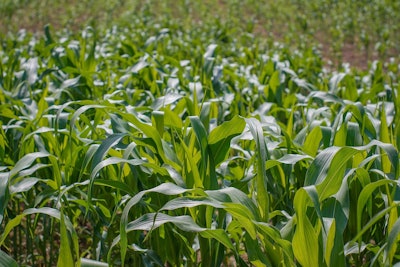
The nation's corn harvest reached 18% completion as of Sept. 28, according to the U.S. Department of Agriculture's latest Crop Progress report released Monday. While this represents progress from last week's 11%, harvest remains slightly behind the five-year average of 19%.
Corn maturity nationwide reached 71%, up significantly from 56% the previous week but still trailing the five-year average of 74%. Corn condition remained stable with 66% rated good to excellent, unchanged from the previous week.
Soybean harvest advanced to 19%, compared to 9% last week and the five-year average of 20%. Soybeans dropping leaves reached 79%, a substantial increase from 61% the previous week and slightly above the five-year average of 77%.
Farmers across most states benefited from favorable field conditions, with the USDA reporting an average of 5.7 days suitable for fieldwork across the 48 reporting states.
Cotton harvest reached 16% completion nationwide, in line with the five-year average. The crop's condition was rated 47% good to excellent, a significant improvement from last year's 31%.
Winter wheat planting for the 2026 crop reached 34% completion, up from 20% the previous week but slightly behind the five-year average of 36%. Emergence was reported at 13%, compared to the five-year average of 12%.
Topsoil moisture conditions showed 52% adequate and 5% surplus, while 43% was reported as short or very short. Subsoil moisture conditions were similar with 52% adequate and 4% surplus.
Among other crops, rice harvest stood at 77%, ahead of the five-year average of 67%, while peanut harvest reached 17%, ahead of the five-year average of 13%.
Pasture and range conditions nationwide were reported as 32% good to excellent, a slight decrease from previous weeks, reflecting continued challenges in some grazing areas.
















